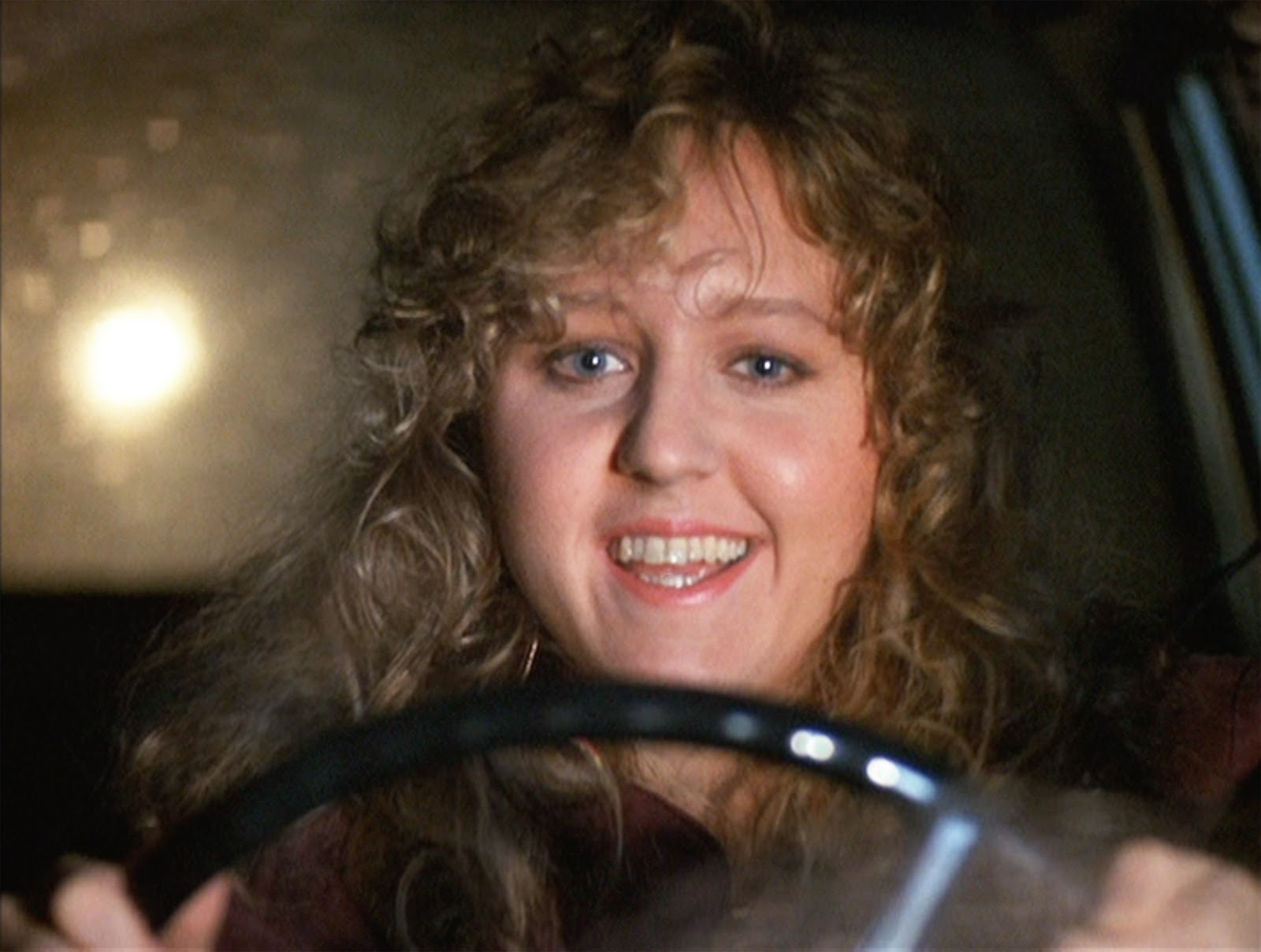A film full of quotes that are still recited by people who haven’t even seen it. A tight script. Scenes that are TENSE. One of the greatest protagonists. Two of the greatest, most terrifying villains ever.
This is a genre film: it’s a movie and a procedural, two categories that don’t tend to produce much acclaim. Yet it’s so much more. Its intelligence pulls what could be a good box office draw into an example of what every genre flick could be if it did everything perfectly and with enough imagination.
So the natural question is “how does it do that?”
With another entry in the AFI top 100 movie analyses (following loosely along with the order of the podcast that tastes great with a side of fava beans, Unspooled), we’re at 1992’s Silence of the Lambs written by Thomas Harris and directed by Jonathan Demme.
Rubbing the lotion on our skins
Looking at how this movie goes above and beyond, we don’t typically think of genre movies as being particularly thematic; however this one does have a big overarching theme that speaks to all the characters, their choices, and their achievements: “we should become the people that we’re meant to be.”
Clarice Starling is very competent, yet she feels out of place through much of the film. A woman within a male dominant world, she has to face challenges like being excluded from conversations and having everyone treat her like she’s fragile.
It’s the discovering of who she really is that helps her find her strength and ultimately become the hero of the story. When she remembers that she sacrificed the comforts of her life to try to save a lamb from being slaughtered, she’s reminded of why she became an FBI agent in the first place.
Hannibal told her that he’d help her solve the case, and he does offer her clues that puts her on the right trail. However, he helps her in an even larger way by forcing her to dig into her past. This is the side that comes out when she ultimately kills Buffalo Bill and saves Catherine.
Hannibal Lector is also inspired by Clarice, leading him to become his true self again: a man of incredible intelligence. This helps him make his escape.
Buffalo Bill is condemned to not being who he really is. Turned away by many hospitals, he has to live as a man, despite feeling like a woman. Instead of becoming who he is, as Hannibal says, he covets. He is obsessed with the idea of transformation. You can tell that the only time he really feels content is when he’s in his full “I’d fuck me” attire.
This disconnect is what causes him to lash out against the women he covets and literally steal their skin.
Catherine
“If he sees Catherine as a person and not just an object, it’s harder to tear her up.”
The idea of compassion runs all throughout Silence of the Lamb. The Ruth Martin is trying to reach that compassionate side of Buffalo Bill. To make him see her daughter as a human.
And it is true with him to an extent. He tries to distance himself from his victims as people as much as possible, which is why he says “IT puts the lotion in the basket.”
Clarice’s whole motivation is upon compassion, first with the lamb and then her victim. And although Hannibal seems far from the most compassionate man, it’s something her recognizes in others and respects. It’s why he likes Clarice and Barney, and it’s why he hates and kills Miggs and Dr. Chilton, two of the most heartless characters.
Unsilenced
The movie distances itself from a run-of-the-mill thriller in all the ways I mentioned above, but I want to hit upon a couple other ways it stays above all its competitors.
Point of view
One of the coolest parts of the movie and something most people don’t notice consciously when watching it are all of the shots are meant to put us inside the point of view of Clarice.
It’s the shot compositions that accomplishes this.
When she’s in the film, which is true of most of the movie, whenever the camera is focused on a character talking to her, that character is looking directly into the camera. However when we see Clarice, she’s looking slightly to the camera’s side.
This makes us identify specifically with her in these moments. We see what she sees. This is a great trick by Demme to get us to connect more with her. In film, we usually don’t get many chances to get into a specific character’s head, but here we do, evoking even more of that compassion the movie is all about.
One of the only times we see her through another character’s eyes is at the end when we’re seeing through Buffalo Bill’s night glasses. This is a jarring, scary transition since we’re forced away from our hero’s head into the eyes of the man who might kill her.
Here we get to see the scary side of empathy: empathizing with a monster.
Abra Cadabra
This movie does one of the greatest tricks in a movie. Even if you haven’t seen it in years, I can guarantee the Hannibal escape sequence is one that you haven’t forgotten.
One of the most amazing parts is I’ve never spoke with that saw this coming (unless they were spoiled). *btw, if you did predict this without being spoiled, I’d love to know
This slight of hand is one of the best in any movie ever. Here’s some of the ways it was able to pull this off:
It happened relatively fast. If they cut between this and maybe a Clarice sequence, we’d have more time to stop and think “hey why would Hannibal be on an elevator with a gun,” but because the adrenaline never stops, we never have time to start questioning the weirdness
Every seen in this sequence is TENSE too. We step into the characters’ shoes of being in a scary-ass situation, worrying about the now.
We’re primed to not necessarily think “escape.” We’re told earlier in the movie that Hannibal ate part of a nurse’s face. So here, when he escaped from his cuffs to kill the guards, it is very plausible that the killing is his endgame. We don’t think “there HAS to be another twist!”
The officer being alive is not overdone. We are aware that he’s still alive and that he’s in critical condition, but we don’t spend a ton of time on him. So much of the focus is the gunman on the elevator. Even as the officer is being wheeled away, the team with guns is entering the elevator, distracting us from thinking too much about him.
It’s original AF. I don’t think we see too many people and think “hey what if that’s not Jim but someone wearing his face.” The fact that this did something so inventive is the main reason people don’t see it coming. The best kinds of surprises have this innovation.
Typically genre films are known for just being entertaining, and art films are known for being great and influential.
It’s not often when a movie can excel so well in both areas. Sure, it has a helluva head-start being based on a book that does the same things, but I’m sure we can all point to movies that have had this kind of head-start but messed it all up.
This is a case of a film being smart and trusting that its viewers are smart too. This is why none of the sequels, which doesn’t do this, could quite live up to the original. It’s an entertaining movie made every bit as well as any “prestigious film.”
I think it all comes down to intention. If a movie is made just to entertain, it might do that, but that’s all it’s going to do. If a movie is made to entertain AND do all those prestigious things like challenge people, inspire their imaginations, show them a fascinating world with fascinating characters then you might create one of the best movies ever made.
Thanks for reading!
For more filmmaking articles, a free eBook, and to get in the inner-circle of our upcoming streaming site, join our newsletter: https://www.cideshow.com/subscribe/





